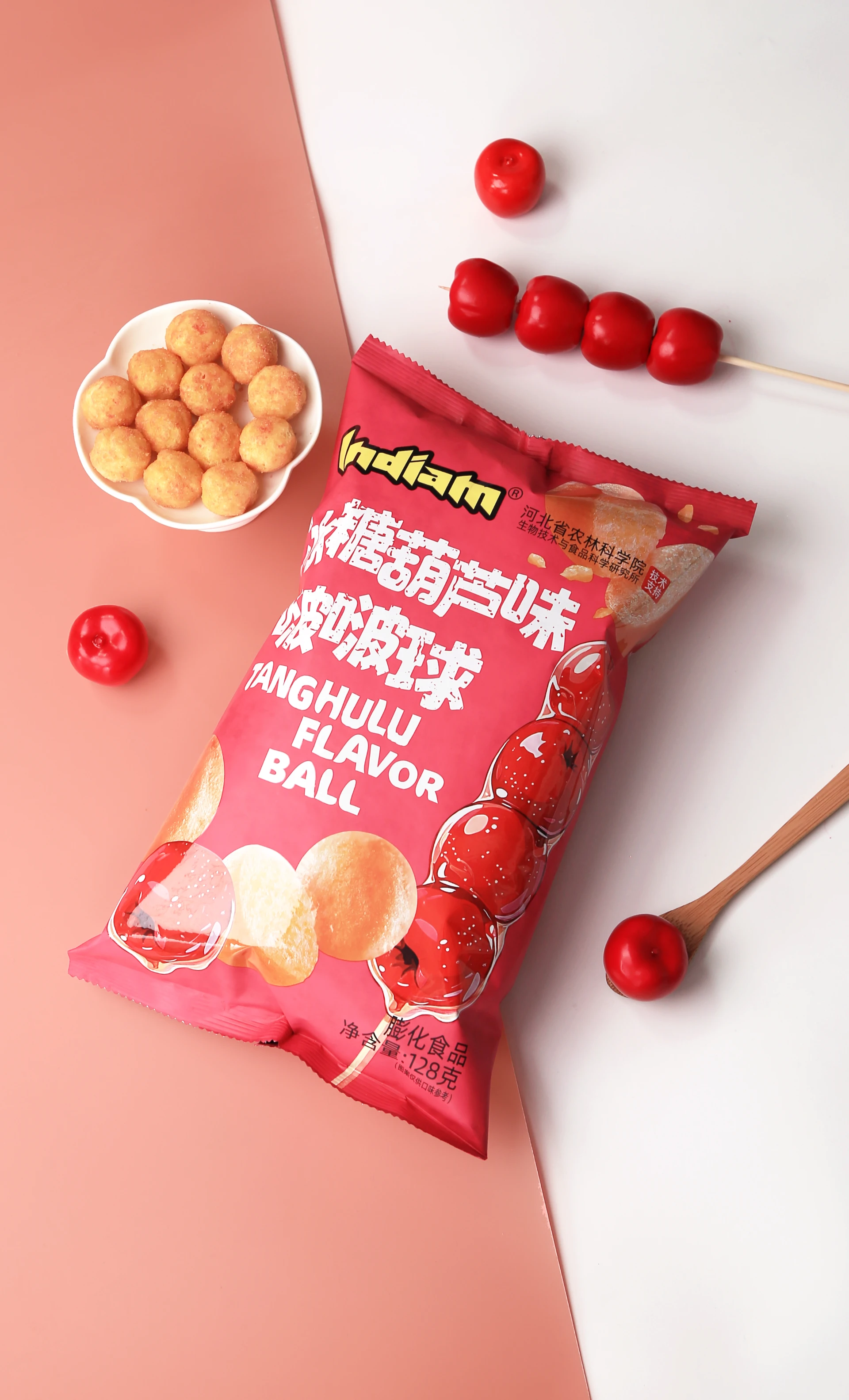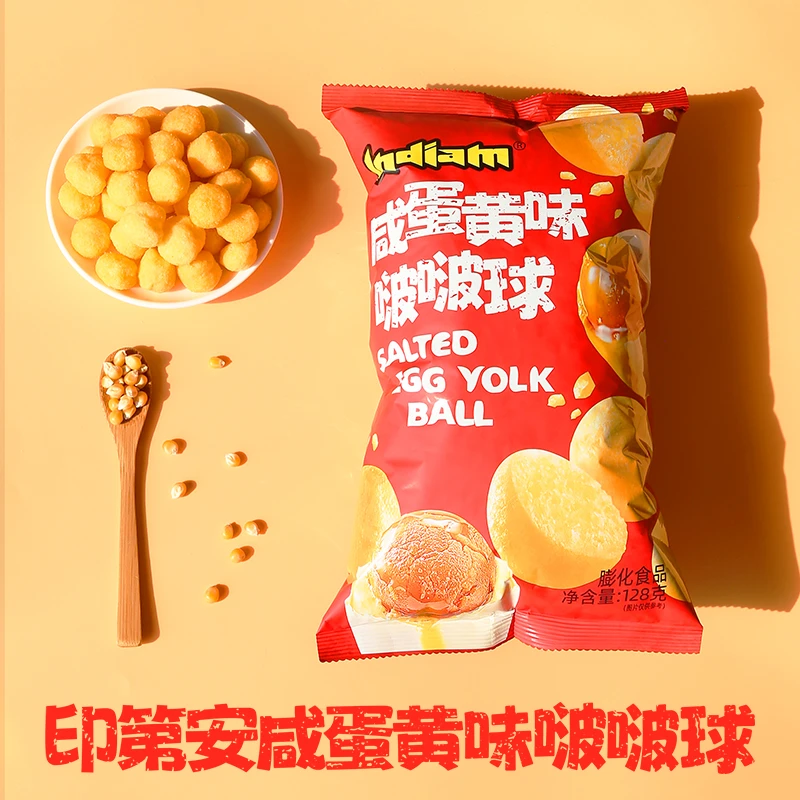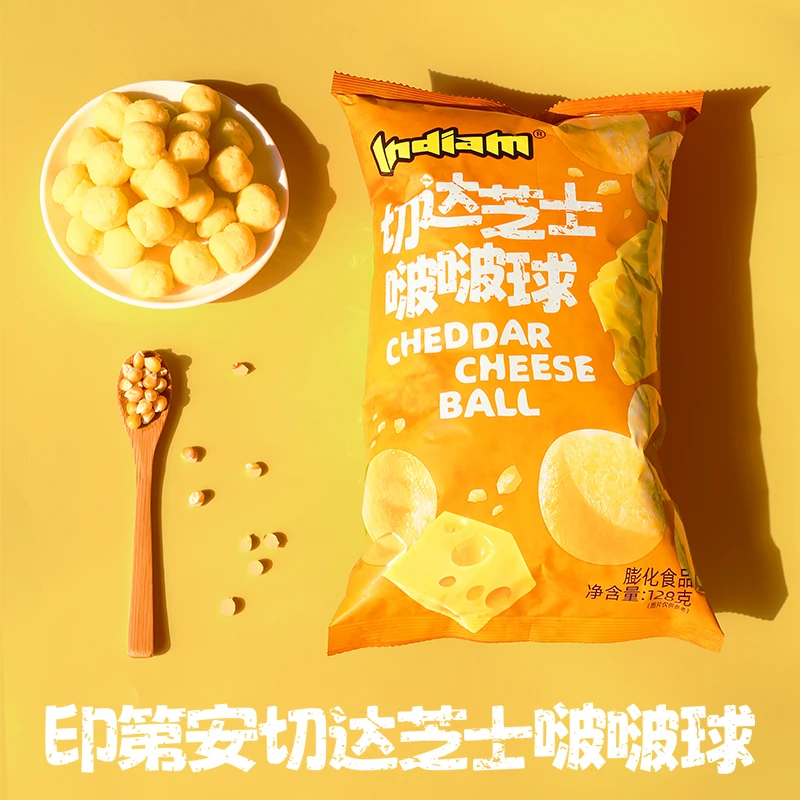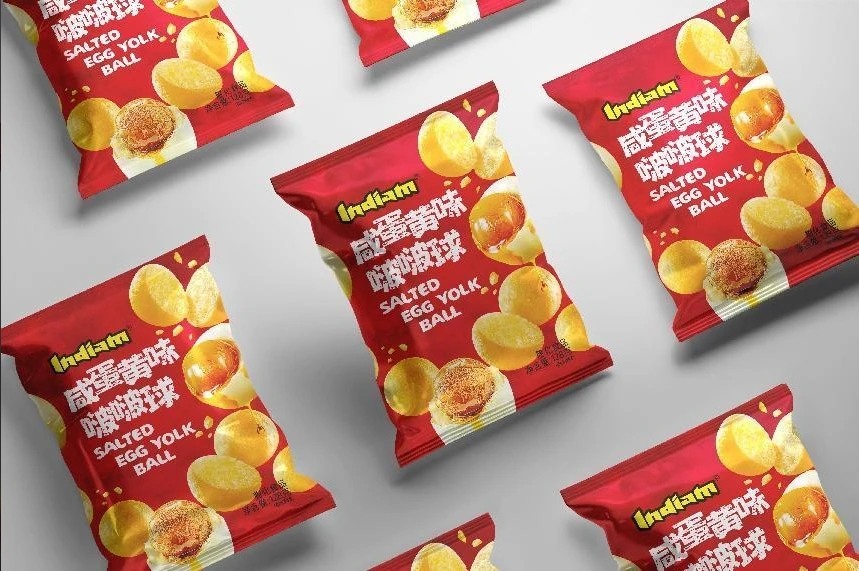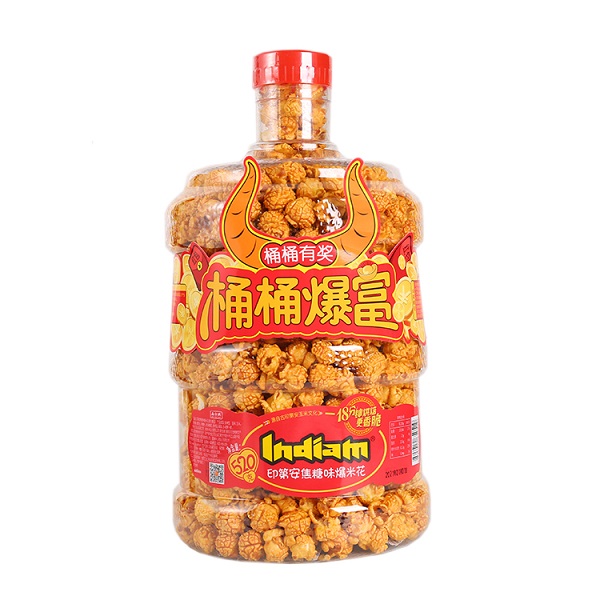Caramel Popcorn Wholesale – Fresh, Crunchy, Bulk Pricing
Inside the boom in caramel popcorn wholesale: specs, sourcing, and smart buying
If you’ve scouted snack aisles lately, you’ve probably noticed the caramel wave. To be honest, I did too—buyers keep telling me they’re chasing reliable, baked popcorn partners with real QA muscle and fast OEM. Indiam Popcorn (Hebei Cici Co., Ltd., 33 Gongye Road, Jinzhou City, Hebei, China) has been popping up in my notes a lot—pioneer of the baked category, with certifications in tow. Here’s what I’ve learned after factory calls, distributor chats, and a few overly generous tasting sessions.
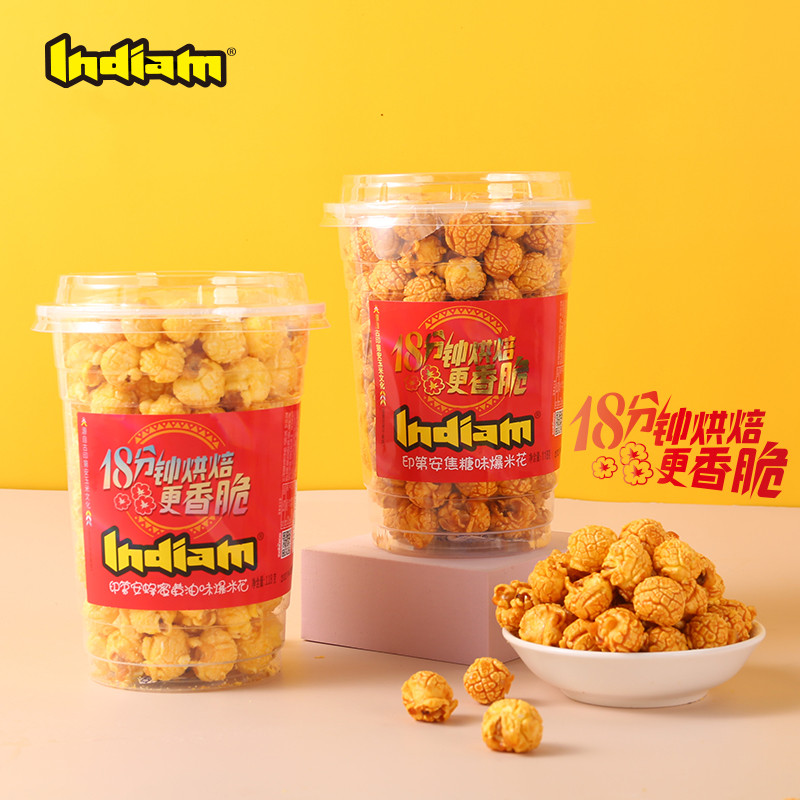
Industry pulse: why baked caramel is compounding
Retailers want clean labels, lighter textures, and formats that travel. Baked kernels deliver a cleaner bite and hold glaze well, so velocity runs high in convenience and e‑commerce. Actually, the repeat rate on sweet-and-salty combos has been surprisingly sticky, with seasonal lifts around Q4 gifting and Q2 graduation packs. Many buyers tell me consistency and packaging integrity are the make-or-break factors in caramel popcorn wholesale.
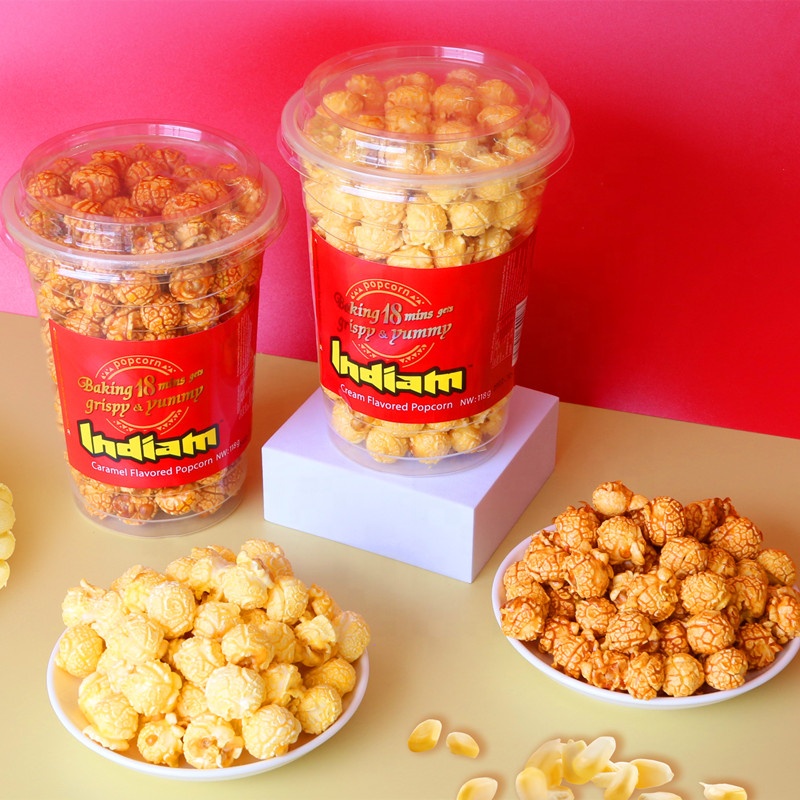
Product snapshot: Free Sample Available Grain Snack Popcorn, Cream & Caramel Flavor
| Spec | Detail (≈ real-world use may vary) |
|---|---|
| Packing | 118 g per cup; 30 cups/CTN |
| Flavor | Caramel (clean label; no artificial flavors) |
| Ingredients | Non-GMO corn, sugar, vegetable oil, cream notes, salt; gluten-free, trans-fat free |
| Certifications | ISO 22000, HACCP, HALAL, FDA registered |
| Shelf/Service Life | ≈12 months sealed at 20–25°C, RH |
| Origin | Jinzhou, Hebei, China |
Process flow, QA, and test data
- Materials: non-GMO kernels (high expansion), refined sugar for glaze, food-grade oils, cream/caramel notes.
- Method: hot-air popping → baked finishing (for structure) → caramel coating in kettles → cooling tunnel → metal detection → nitrogen flushing → cup sealing.
- Testing standards: ISO 22000 FSMS; HACCP hazard analysis; cGMP aligned with 21 CFR Part 117.
- Batch data (typical): moisture ≤2.5%; peroxide value within spec; aerobic plate count within compliant limits; kernels expansion ratio ≈38–42:1.

Where it sells (and why)
Application scenarios: convenience chains, campus stores, cinema and event concessions, gift baskets, and DTC bundles. For caramel popcorn wholesale buyers, the cup format scores on portion control and crush resistance during long-haul shipping. OEM private label is common for regional grocers wanting seasonal sleeves.
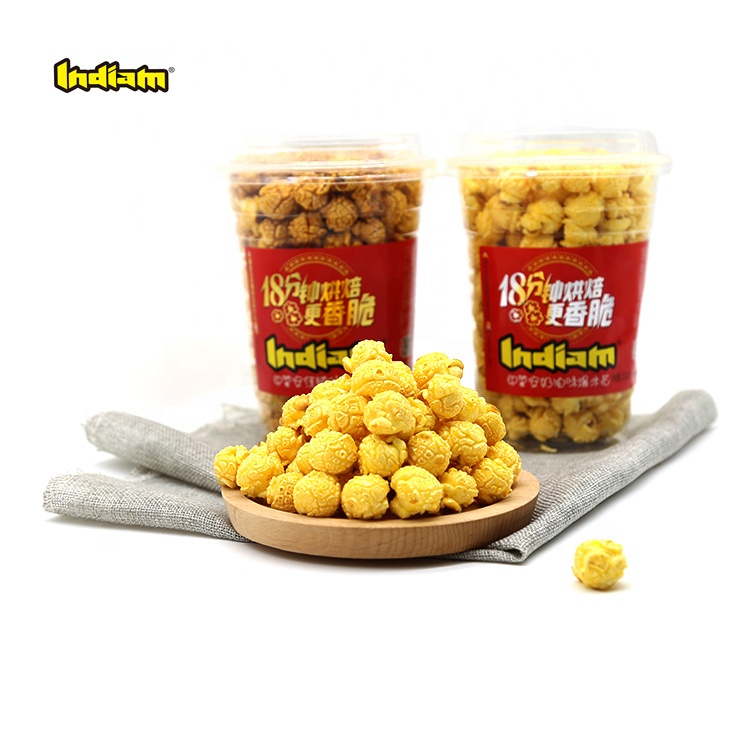
Vendor comparison (quick view)
| Vendor | Method | Certifications | MOQ | OEM Lead Time | QC/Testing |
|---|---|---|---|---|---|
| Indiam Popcorn (Hebei Cici) | Baked + caramel kettles | ISO22000, HACCP, HALAL, FDA | Around 1 pallet (≈ flexible) | ≈15–25 days after artwork | Metal detection; moisture; micro |
| Generic Trader A | Fried coating | HACCP only | High (container) | 30–45 days | Basic visual checks |
| Regional Co‑packer B | Air popped | ISO, some SKUs | Medium | 20–35 days | Random batch tests |
Customization notes
- OEM accepted: private label cups, sleeve art, barcode prep, multi-pack cartons.
- Flavor extensions: caramel core with cream, sea salt, or limited runs (matcha, cocoa) on request.
- Logistics: palletized CTNs; nitrogen-flushed to protect crunch; export docs prepared.

Field notes and mini‑case studies
Small online merchant (EU): started with mixed sampler cartons; AOV jumped after adding trio gift sleeves. Feedback: “Crunch held up after 45‑day sea freight.”
Regional supermarket chain (SEA): OEM caramel cup with bilingual label; reset in impulse racks near checkout. Sell‑through beat baseline chips by ≈18% in first 6 weeks. It seems that the tidy 118 g portion and glossy glaze win on eye appeal. That’s the quiet advantage of caramel popcorn wholesale when packaging does the talking.
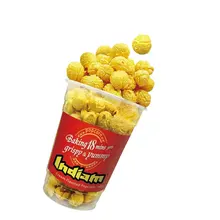
Final take: if you need clean-label caramel with baked texture, tight QA, and OEM flexibility, this line checks the boxes—and the free sample offer is handy for real-world transit tests before committing.

Authoritative citations
- ISO 22000:2018 Food safety management systems — Requirements for any organization in the food chain. https://www.iso.org/standard/65464.html
- Codex Alimentarius, General Principles of Food Hygiene CXC 1-1969 and HACCP Annex. https://www.fao.org/fao-who-codex
- FDA, 21 CFR Part 117 — Current Good Manufacturing Practice, Hazard Analysis, and Risk-Based Preventive Controls for Human Food. https://www.ecfr.gov/
- SMIIC/OIC Halal Food — General Requirements (e.g., OIC/SMIIC 1). https://www.smiic.org/
Post time: Oct . 16, 2025 12:35






